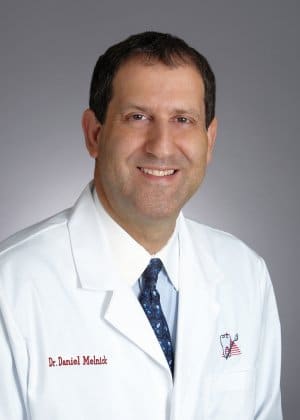
More Dental Health Articles
TM Disorder Signs, Causes and Treatment
Could a misaligned bite be the cause of your recurrent headaches?
The posturing of the lower jaw depends upon a balance between the muscles of mastication (opening and closing jaw muscles), jaw joints, and teeth position. If everything is properly aligned and the jaw is not moving, most of these muscles are said to be in a resting position.
However, if your teeth don't fit together properly, your muscles may accommodate, forcing the jaw to close on a path that stresses and fatigues the muscles over time. This puts the jaw in a position where the teeth are close to fitting together, but at the same time prevents the muscles from being relaxed when they should be. The body interprets this muscle strain as a headache, one of the many symptoms of TM disorder.
Other signs and symptoms of TM disorder include jaw joint pain and/or noise, limited mouth opening, prolonged ear congestion, dizziness, ringing in the ears, difficulty swallowing, loose teeth, clenching or teeth grinding, facial pain, hot and cold tooth sensitivity, difficulty chewing, neck pain, postural problems, tingling of the fingertips and insomnia.
TM disorder may develop for any number of reasons lost or crooked teeth, skeletal misalignment of the jaw, an unbalanced bite, degenerative arthritis, various head or neck injuries including whiplash, and stress causing clenched teeth or nighttime grinding.
Any of these conditions can result in a misalignment or displacement of the jaw, which places stress on the nerves, blood vessels, muscles, and connecting tissues of the TM joints.
When this condition is prolonged, your body may begin to compensate by adapting an unnatural position involving the muscles of the neck, back, or even the arms and pelvis.
After a comprehensive evaluation, if a malocclusion is detected, your dentist has several treatment options available to alleviate your headache pain. Often the choice of treatment is related to the severity of the malocclusion. Treatment options range from simply re-contouring an interference on one or more of your teeth, to the use of computer diagnostics and the fabrication and delivery of a bite correcting orthotic splint.
Other treatment options may include use of ultrasound, cold laser, massage trigger point therapy and alpha stim. These therapies are combined with the use of a rehab orthotic to reduce inflammation, break up adhesions and scar tissue, improve range of motion, and promote soft tissue healing. In extreme cases, full mouth reconstruction or orthopedic orthodontics may be recommended.
Over 10 million Americans suffer the effects of TM disorder. Today, with proper diagnosis and treatment by a dentist with advanced training, relief is just a phone call away.
Other Articles You May Find of Interest...
- Fun and Effective Ways to Teach Kids About Cavities and Oral Hygiene
- ALF (Advanced Light Force) Therapy: A Unique and Sophisticated Approach To Orthodontics and Wellness
- Tongue-Ties and Frenectomies
- Unlocking Better Sleep:The Benefits of Dental Sleep Appliances Over CPAP
- Appliances Are In Now: How To Manage TMJ Disorder
- Why The Tooth Fairy Is Very Fun – and Important!
- Let’s Smile Dental’s 7&Up Club

















